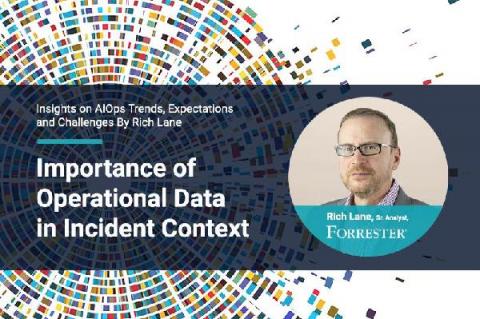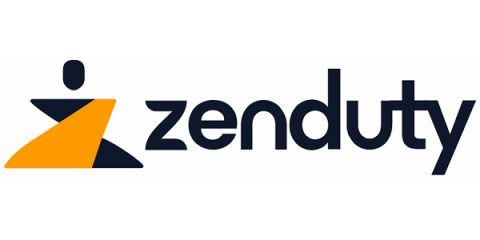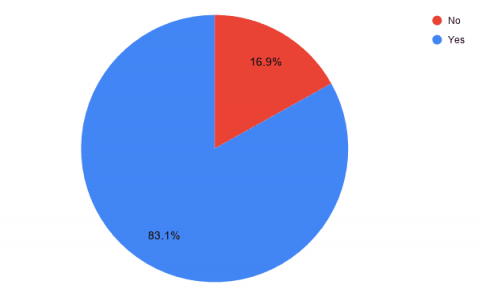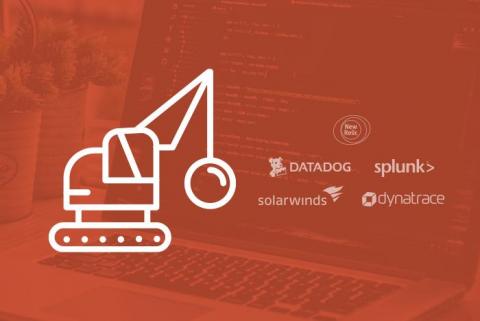Fyipe from HackerBay Now Available in the Microsoft Azure Marketplace
Microsoft Azure customers worldwide now gain access to HackerBay’s Fyipe to take advantage of the scalability, reliability, and agility of Azure to drive application development and shape business strategies.











